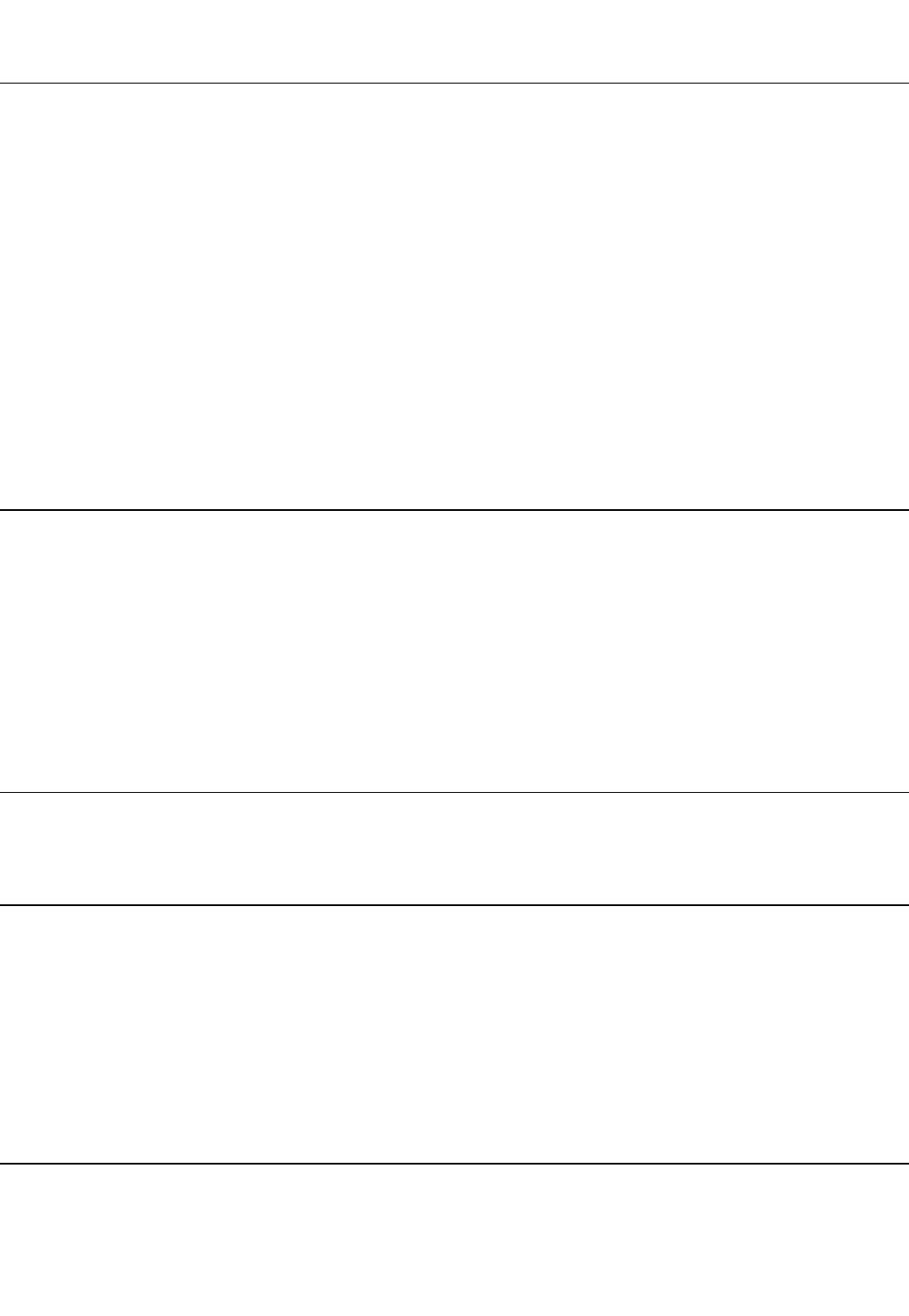
15 24
SAFETY SIGNS
ITEM 7 – Part No. 101103
ITEM 11 – Part No. 101173
DANGER
THROWN OBJECT HAZARD
To prevent serious injury or death:
• Do not operate unless all guards
are installed and in good condition.
• Stop blade rotation if bystanders
come within several hundred feet.
M600
ITEM 4 – Part No. 101101
WARNING
OPERATE THIS MACHINE AT
540 RPM
TRACTOR PTO SPEED ONLY
Overspeeding PTO may cause component
failure with resulting injury.
ITG 100
DANGER
ROTATING DRIVELINE HAZARD
To prevent serious injury or death from
rotating driveline:
• Keep all guards in place when operating.
• Operate only at 540 RPM.
• Keep hands, feet, hair and clothing away
from moving parts.
SW104
ITEM 1 – Part No. 101106
DANGER
GUARD MISSING
DO NOT OPERATE
ITG 300
TROUBLE-SHOOTING GUIDE (continued)
PROBLEM POSSIBLE CAUSE POSSIBLE REMEDY
Belt slippage. 1. Mower is overloading, grass is too Slow tractor’s ground speed but
tall or heavy. maintain 540 RPM PTO speed.
Cut grass twice. Raise the mower for
the first pass and lower to the desired
cutting height for the second and cut
at 90 degrees to the first pass.
Cut a partial swath only.
2. Oil on belt from over lubrication. Clean lubricant from belt and sheaves
with a clean rag. Replace oil soaked
belts.Be sure to follow operator’s
manual recommendations.
3. Belt hung or rubbing. Check belt for free travel in sheaves.
Check under mower deck and spindles
for debris or other foreign material
and remove if any is present.
Belt rollover. 1. Sheave misalignment. Consult with authorized dealer.
2. Damaged belt. Replace it with correct specified
belt*.
3. Foreign object in sheave groove. Inspect all sheave grooves for rust,
paint or other foreign material.
Remove these if present.
4. Worn sheave groove. Replace with correct specified sheave.
Damaged belt. 1. Rollover, high shock loads or Replace it with correct specified belt*.
installation damage.
Belt breakage. 1. High shock loads. Avoid abusive mowing.
Avoid hitting ground with the mower
and large obstructions.
2. Belt came off sheave. Check sheave for proper alignment
and foreign material.
Ensure proper belt tension.
Avoid hitting the ground with mower
and large obstructions.
* Check damaged belt for cause of damage by laying it flat on the floor. If the belt does not lie flat (check for humps,
kinks, twists or other damage), this is an indication that it has broken or stretched cords. Do not reinstall this belt,
replace it with a correct specified part.


















